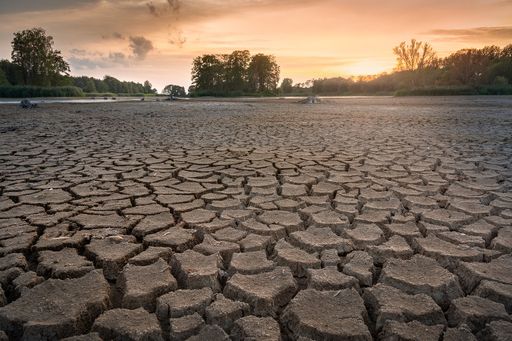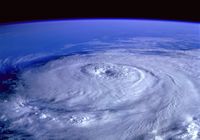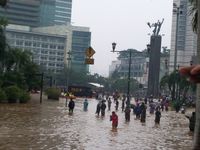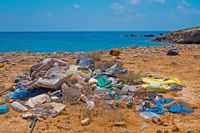Our planet is covered by more than 70 percent water, yet it is a scarce resource - only three percent is drinkable fresh water, and only a third of that is accessible for human use. This tiny portion is divided into three main reservoirs - surface waters from lakes and rivers, groundwater, and glaciers and snow covers in mountains. This fresh water supply is also very unevenly distributed. In fact, billions of people suffer from water scarcity and resulting lack of hygiene. For many of us, it's taken for granted to turn on the tap when we are thirsty or want to take a shower. In contrast, about 3.6 billion people currently live in areas that are extremely water-poor at least one month per year. Around 2.2 billion people have no regular access to clean water, and of these, about 785 million have no basic provision of drinking water.
Effects of Climate Change
In many countries in Africa, Latin America and Asia, water scarcity is particularly dramatic, a situation that has been exacerbated by climate change. Lower rainfall and rising temperatures lead to a decline in surface water and groundwater reserves, which has far-reaching consequences for agriculture and drinking water supply. In other areas, there is heavy rainfall and floods, such as in the Amazon region. The global temperature increase caused by climate change has a negative impact on water quality. Higher temperatures are a breeding ground for an increased growth of algae that reduces drinking water quality and can even produce toxins that can be dangerous to humans and animals. The water shortages caused by climate change and the increasing periods of drought naturally have catastrophic effects on agriculture. This, in turn, leads to crop failures, which subsequently lead to a scarcity of food, especially in developing countries. The declining supply leads to rising food prices, which in turn leads to poverty and famine. A cycle that also has social impacts - especially on the low-income population, who are often the most affected.





